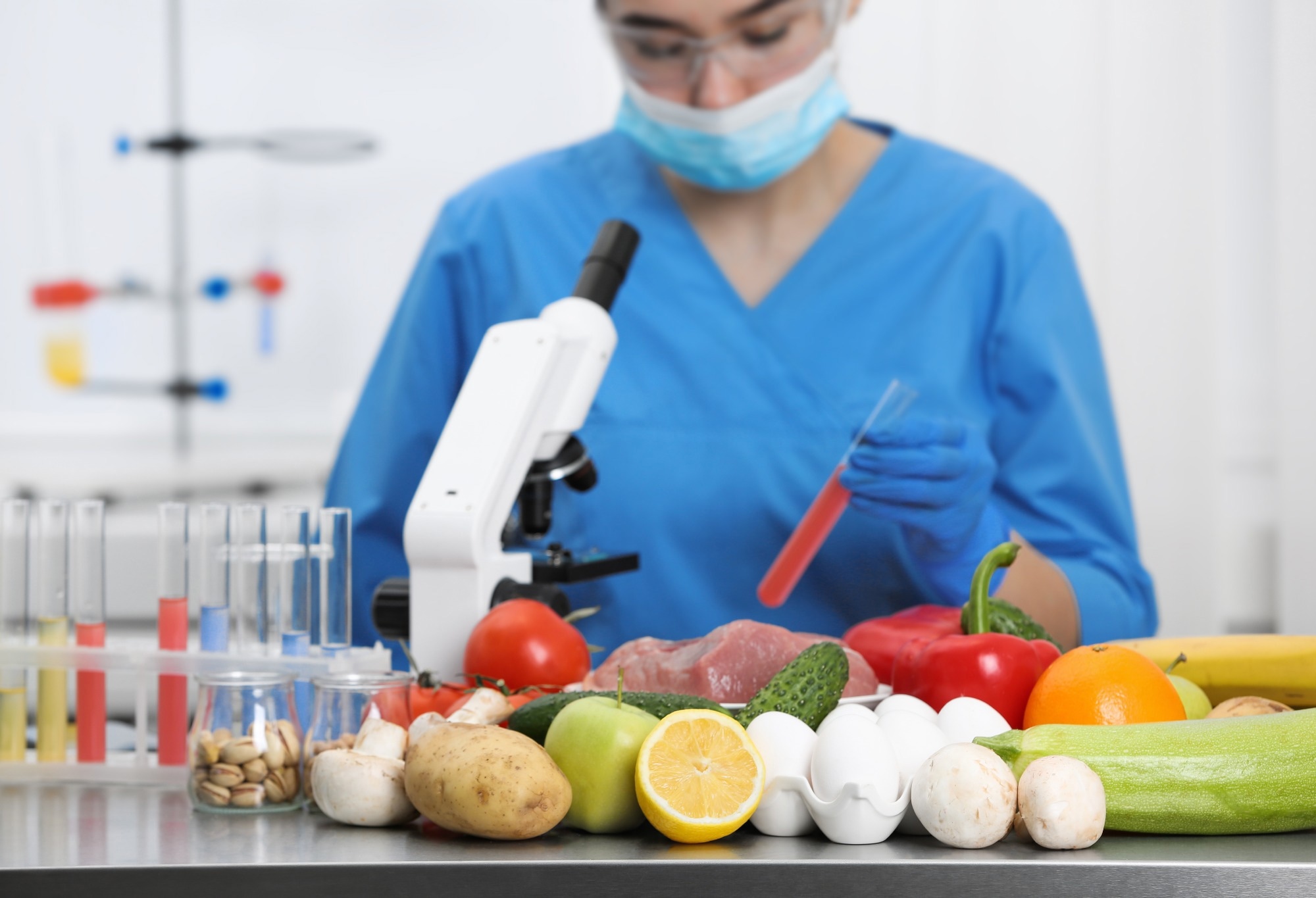In a recent publication in the journal Horticulturae, researchers delved into the evolution and patterns of non-destructive testing technology used to assess fruit quality. The study surveyed the research landscape and highlighted key areas of interest, providing valuable insights for future research.
 Study: AI Revolutionizes Fruit Quality Assessment: A Bibliometric Exploration of Non-Destructive Testing. Image credit: New Africa/Shutterstock
Study: AI Revolutionizes Fruit Quality Assessment: A Bibliometric Exploration of Non-Destructive Testing. Image credit: New Africa/Shutterstock
Background
Fruits play a vital role in human nutrition due to their nutritional richness and delightful flavors. The increasing consumer demand for high-quality fruits, along with their vital role in a healthy diet, has intensified research interest in assessing fruit quality. Current detection methods face issues of inefficiency, destructiveness, and limited applicability, leading to varying quality grades and indistinguishable price differences among fruits, thus diminishing brand value. Consequently, there exists an urgent necessity for advanced fruit quality detection technology to bolster the competitiveness of the fruit market.
In the past, the evaluation of fruit quality relied heavily on the subjective judgments of orchard workers or the physiochemical analysis of local fruit samples, both beset with inherent limitations. To tackle these challenges, non-destructive testing technologies are in development, allowing for assessment through external stimuli and the examination of transmitted and reflected physical indicators without compromising the sample's integrity. These non-destructive methods, such as optical property detection, magnetic resonance imaging (MRI), machine vision, acoustic feature testing, and e-nose technology, offer speed, efficiency, and precision in fruit quality evaluation.
Data Sources and Research Methods
The data for this study were exclusively gathered from the core database of Web of Science. This database encompasses crucial and influential research within the relevant field. To identify pertinent non-destructive testing technologies for common fruits such as pears, peaches, and apples, specific search terms were employed. The search criteria included terms such as optical, visible, infrared, spectra, spectroscopy, vision, acoustic, scattering, mechanical, vibration, nuclear magnetic resonance, hardness, elasticity, impulse, dielectric, microwave drying, and electronic noses while excluding irrelevant terms such as tree, leaf, root, pest, disease, fruit fly, juice, pearl, Pearson, cell, and slice.
Over 1400 studies, published between January 1, 1993, and December 31, 2022, were gathered for subsequent bibliometric analysis, with potential fluctuations due to database updates. In terms of research methodology, bibliometrics was used for quantitative analysis. Excel statistics facilitated the analysis of the number of relevant studies and the evolving trends in non-destructive testing techniques for fruit quality.
Additionally, statistical assessments were conducted on high-publication institutions, frequently cited studies, high-publication journals, and high-frequency keywords. Visual representations, including keyword clustering maps, emergence maps, time maps, common creation country or region field chordal graphs, and keyword-journal double mode matrices, were generated using knowledge mapping visualization tools such as CiteSpace and Hiplot Pro. These tools facilitated the review and visualization of temporal and spatial developments in non-destructive testing for fruit quality.
Research Progress and Leading Hotspots
Keywords in academic papers serve as tags that encapsulate a paper's core research and subject information. They offer a concise summary of a paper's main content and help identify its characteristics and academic research direction. In this study, clustering and emergence analyses of keywords, terms, and subject terms in research on non-destructive testing technology for fruit quality were conducted using CiteSpace. This analysis aimed to assess overall research progress, identify current research hotspots, and predict future trends.
A statistical analysis of keyword frequency in high-publication journals revealed prominent keywords such as apple, fruit, classification, quality, properties, prediction, and non-destructive measurement. These keywords align with the study's research focus. Additionally, words such as image, identification, spectroscopy, reflectance, and model were relatively frequent, indicating popular research methods. Keywords such as firmness, sugar content, and soluble solids also appeared frequently, highlighting their relevance in non-destructive testing of fruit quality.
The research hotspots were categorized into three main groups: image recognition technology; general research topics and content encompassing fruit, apple, non-destructive measurement, quality, properties, prediction, and firmness; and traditional research methods and detection indices, including model, reflectance, spectroscopy, sugar content, and soluble solids. Journals in the field were grouped into two major types: agriculture, food, and electronics and biology and gardening.
Clustering analysis of high-frequency keywords highlighted diverse research topics within the non-destructive testing of fruit quality literature. Nine clustering maps revealed the frequency and co-occurrence intensity of keywords, aiding in identifying essential research areas.
Emergency analysis of keywords identified terms such as deep learning, soluble solids, sugar content, internal quality, phenolic compounds, machine vision, and systems as emergent keywords with significant influence in the academic field. The activity of these keywords correlated with the growth trend of publications.
Temporal analysis of keywords further illustrated the development history of research on non-destructive testing of fruit quality. Three stages were identified: the germination stage (1993–2014), the stable stage (2014–2019), and the development stage (since 2019). Traditional methods and technologies such as texture analysis, sugar refractometry, and optical instruments dominated the germination stage. Machine vision technology for external fruit inspection emerged in the late 1990s. The stable stage saw the use of e-nose, diffuse reflection, and near-infrared spectra technologies, with further developments in machine vision. In the development stage, neural networks and deep learning technologies were integrated with traditional approaches, invigorating the field.
Conclusion
In summary, researchers explored a comprehensive overview of non-destructive testing techniques for fruit quality research over the last 30 years, leveraging the Web of Science's extensive data and authority. However, it acknowledges the potential for data omissions in other databases and suggests considering multiple databases for future bibliometric research. The field is currently active, showing a positive development trend, with applications extending to agricultural production and product processing. Advanced technologies such as sensors, big data, machine vision, and deep learning are poised to further enhance the maturity and application of non-destructive testing techniques for fruit quality across the entire fruit production, transportation, and marketing process, meeting market demands for quality assessment.